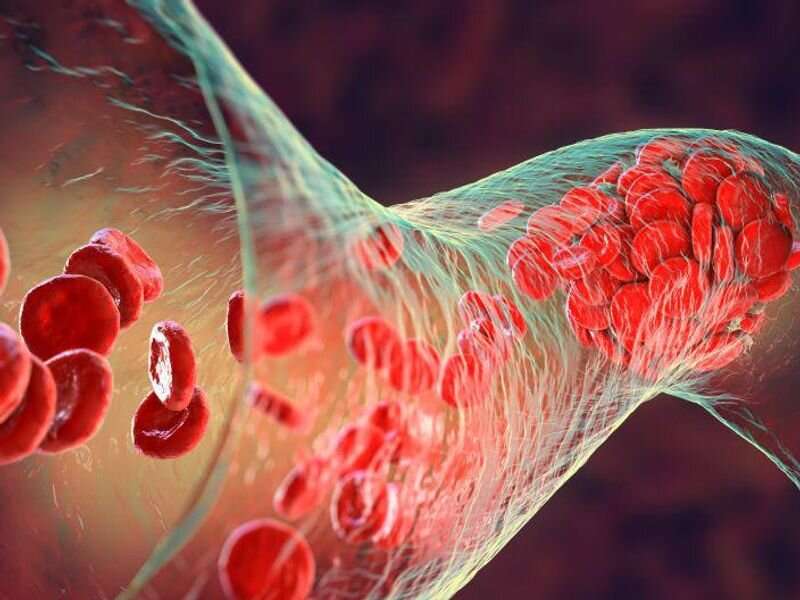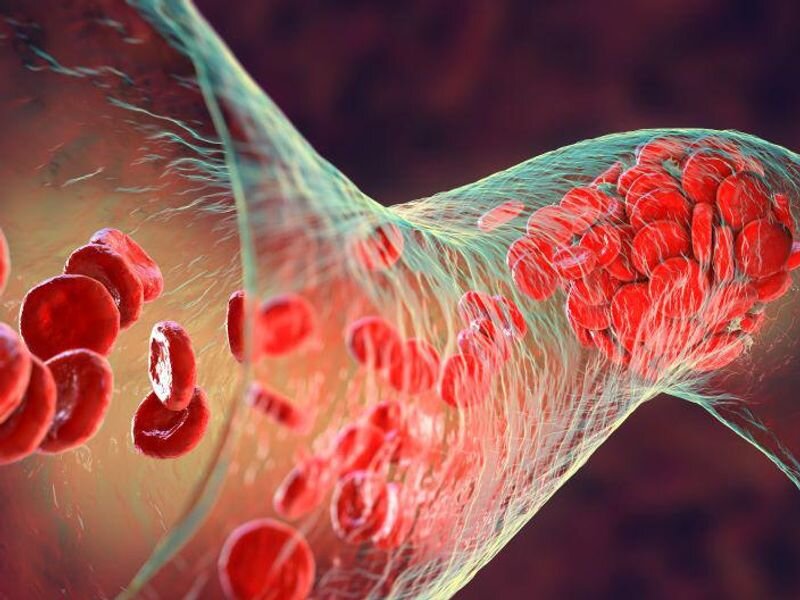
The relative rates of hospital contacts for coagulation disorder and cerebrovascular disease are increased after AZD1222 COVID-19 vaccination, particularly for thrombocytopenia and cerebral venous thrombosis, according to a study published online June 14 in JAMA Network Open.
Jacob Dag Berild, M.D., from the Norwegian Institute of Public Health in Oslo, and colleagues examined the association between AZD1222, BNT162b2, and mRNA-1273 vaccines and subsequent thromboembolic and thrombocytopenic events in a self-controlled case series using individual-level data from national registries in Norway, Finland, and Denmark. The relative rate (RR) of hospital contacts for coronary artery disease, coagulation disorders, or cerebrovascular disease were examined in a 28-day period after vaccination versus a control period prior to vaccination.
The researchers identified 265,339 hospital contacts: 44, 21, and 35 percent for coronary artery disease, coagulation disorders, and cerebrovascular disease, respectively. The relative rate of coronary artery disease was increased in the 28-day period following mRNA-1273 vaccination, but not following AZD1222 or BNT162b2 vaccination. The relative rate of coagulation disorders was increased following all three vaccines. In addition, the rate of cerebrovascular disease was increased following all three vaccines. For individual diseases, two notably high rate ratios were observed: 12.04 and 4.29 for cerebral venous thromboembolism and thrombocytopenia, respectively, following AZD1222 vaccination.
“Although increased rates of several thromboembolic and thrombocytopenic outcomes after BNT162b2 and mRNA-1273 vaccination were observed, these increases were smaller than those observed after AZD1222,” the authors write.
Source: Read Full Article






